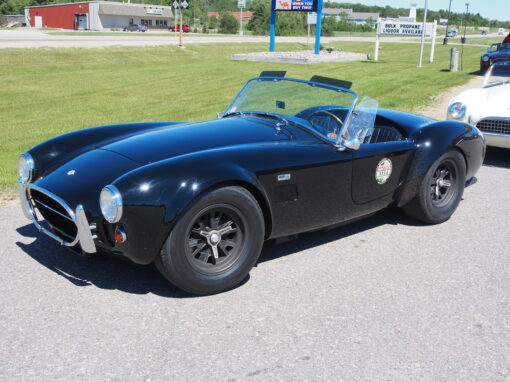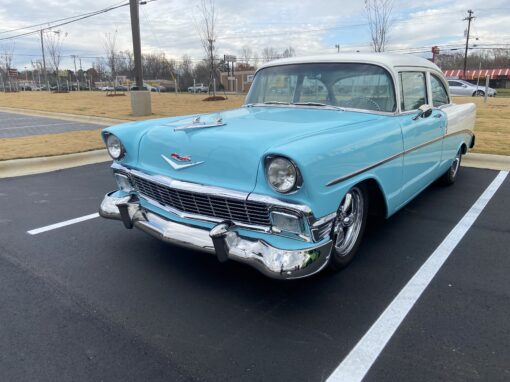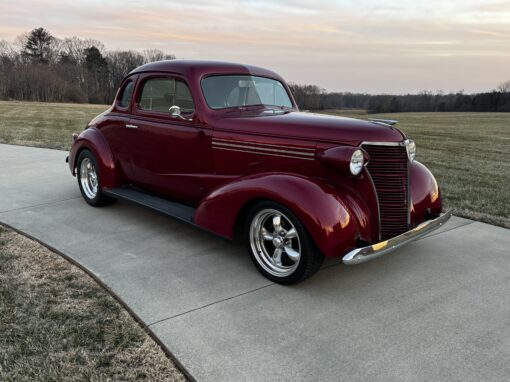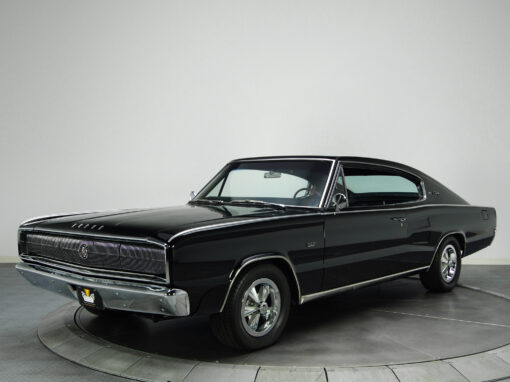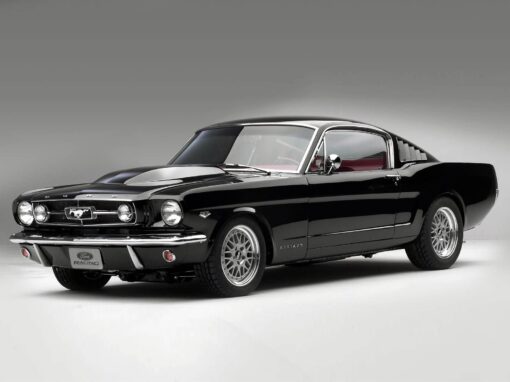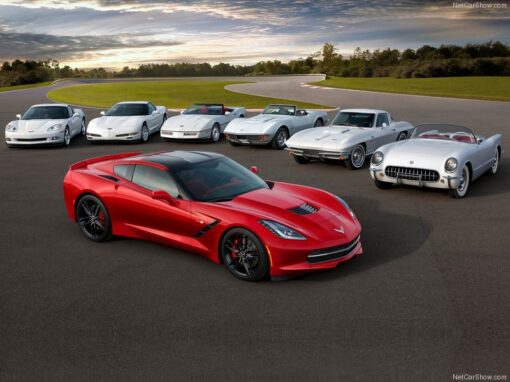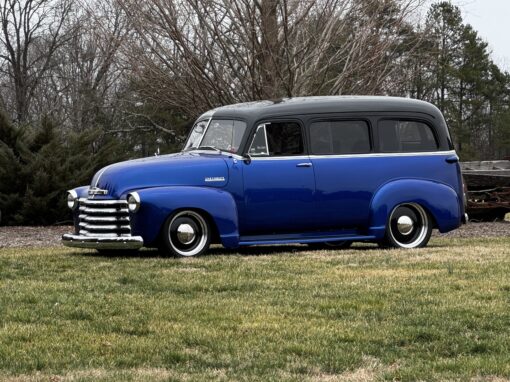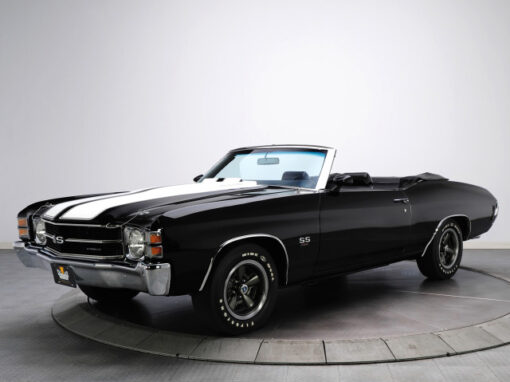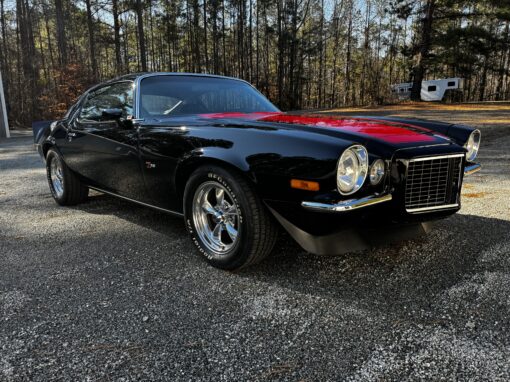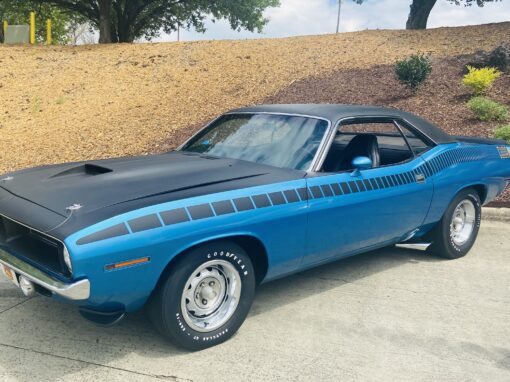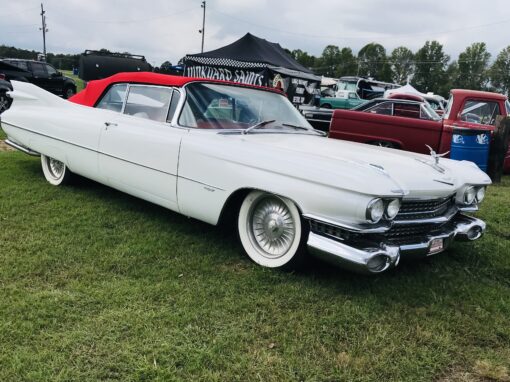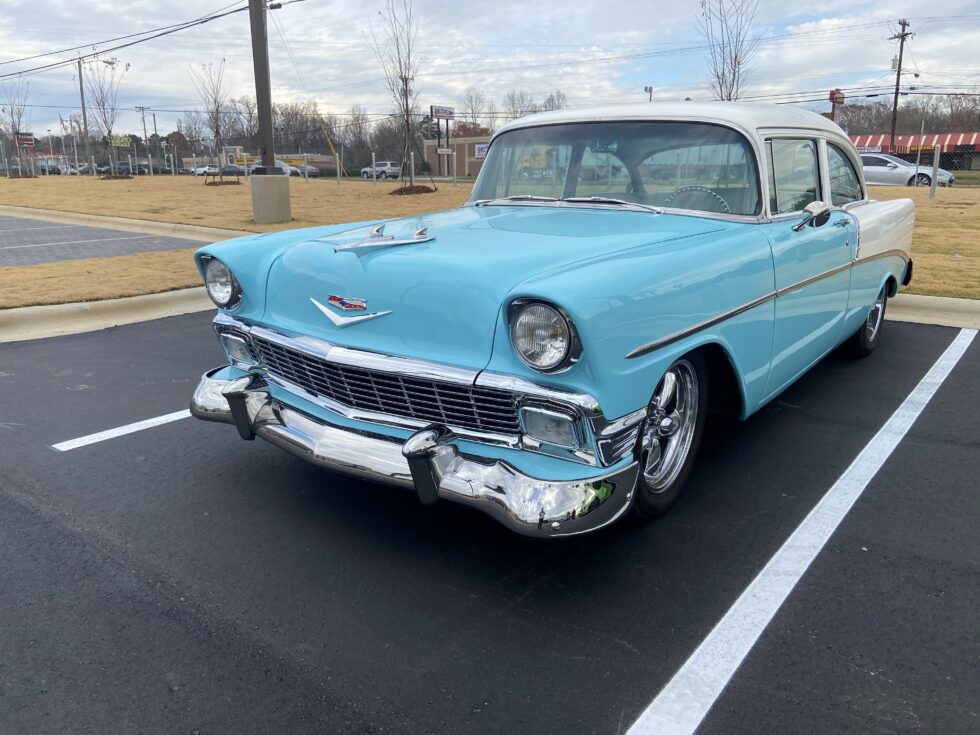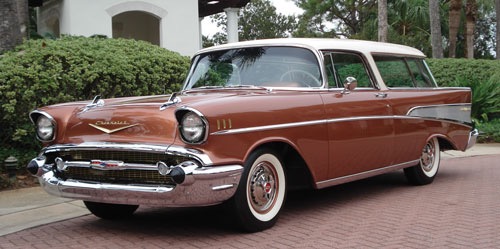Often affectionately referred to as the “Tri-Five Chevys” this iconic era seems timeless. Modified or stock the eye catching style captured enthusiasts attention.
1955 Chevrolet — “The Hot One”
The 1955 Chevrolet marked a dramatic shift in design and performance for the brand. It introduced a crisp, clean new look with smooth sides, a wide grille, and minimal chrome compared to earlier models. More importantly, it debuted the legendary small-block V8 engine (265 cubic inches), offering strong performance and easy drivability. Models like the Bel Air, 210, and 150 series became instant classics. The ’55 was marketed as “The Hot One,” reflecting its sporty, youthful spirit.
1956 Chevrolet — “The Sweet One”
Building on the success of the ’55, the 1956 Chevrolet featured a more refined and slightly more ornate design, with a full-width front grille, more chrome, and distinct side trim. Mechanically, it offered slight improvements to the V8 and introduced safety features like seat belts (optional) and padded dashboards. The ’56 sedans maintained Chevrolet’s strong sales momentum and were praised for their balance of style, performance, and affordability.
1957 Chevrolet — “The Icon”
The 1957 Chevrolet became the most iconic of the Tri-Five models. With bold tailfins, a wide, toothy grille, and more pronounced chrome detailing, the ’57 had a confident, glamorous look that captured the spirit of 1950s America. It introduced a larger 283-cubic-inch V8 engine, with optional fuel injection—a major technological leap for the time. The Bel Air sedan, in particular, became an enduring symbol of mid-century cool and remains one of the most collectible American cars ever made.
In short:
1955 was revolutionary and sporty, with a clean modern design.
1956 was a refinement with more chrome and elegance.
1957 was bold, big fins, glamorous, and unforgettable.
Overall: Flashy, extravagant, and undeniably American — a visual symbol of the 1950s.
The History
